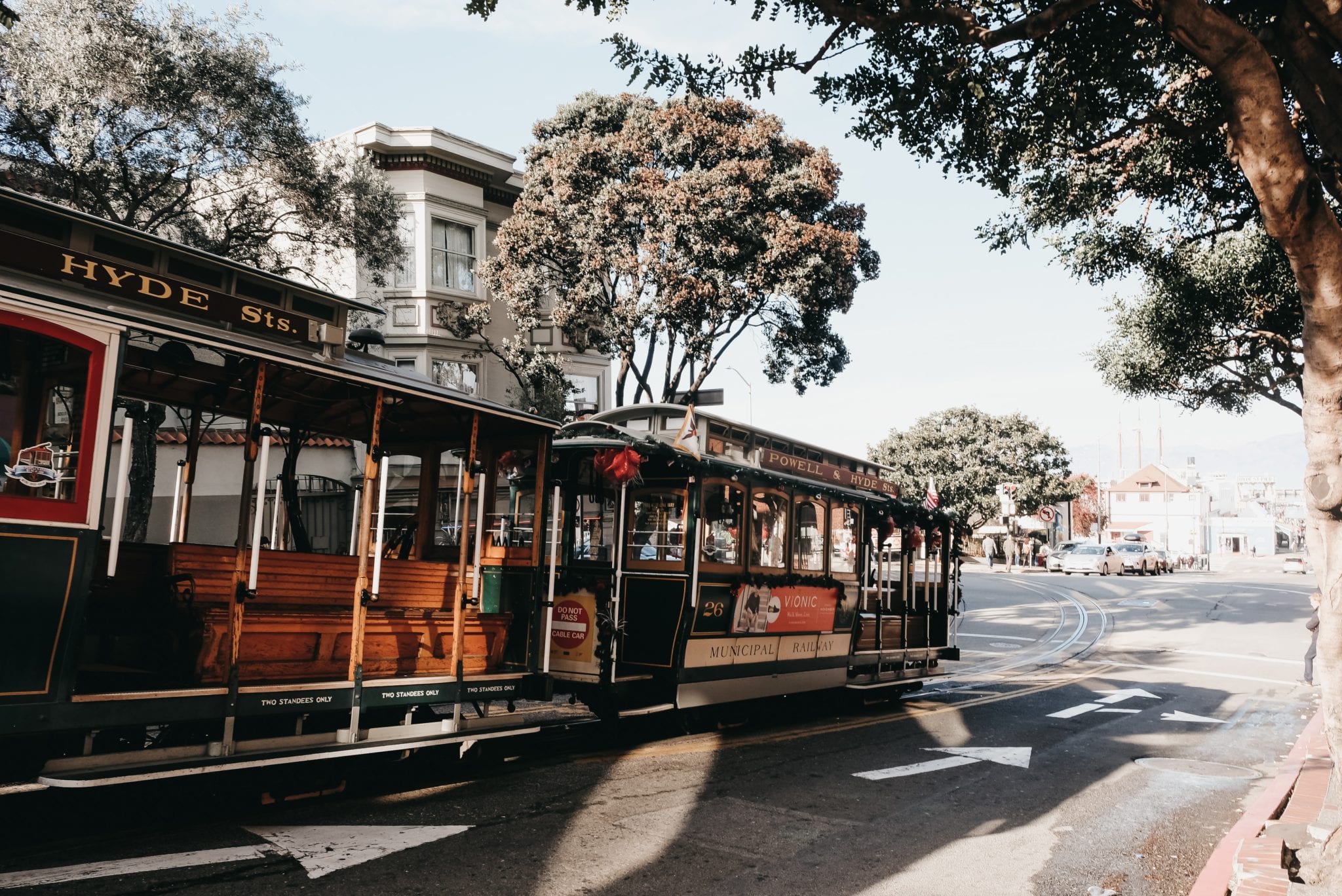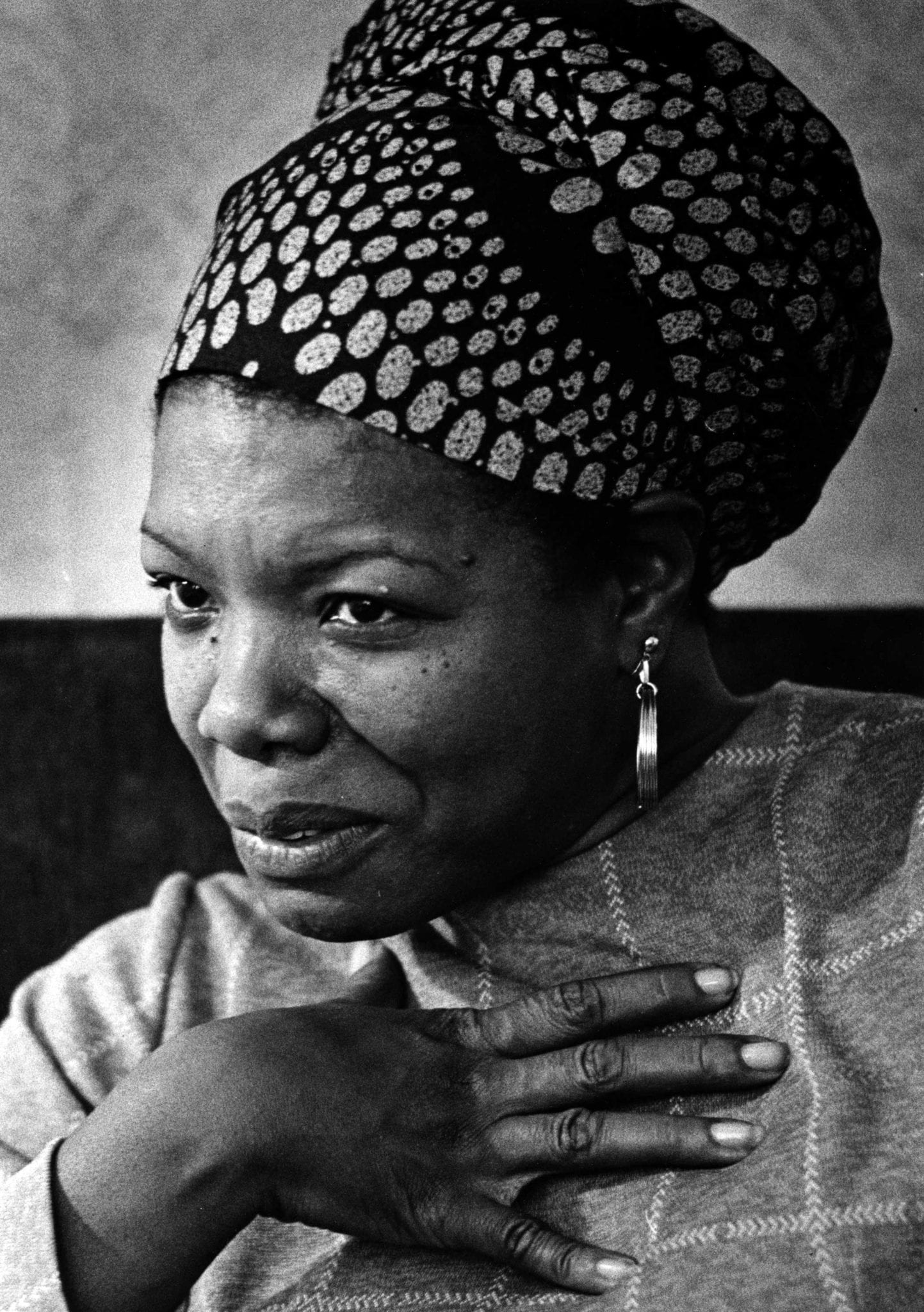 San Francisco's Streetcar. Photo by Rosie De La Cruz on Unsplash
San Francisco's Streetcar. Photo by Rosie De La Cruz on Unsplash We celebrate and honor the legacy of Dr. Maya Angelou as part of our four-part series for Black History Month.

You’re probably wondering how Angelou relates to transit, which is sort of the focus of our series. And ok – yes, we did just want to find a way to write about her beautiful life and legacy, but we also found a connection (phew) – on the streetcar! No, not our streetcar, but San Francisco’s!
Angelou was a streetcar conductor as a teenager, serving as the first African American woman in this role.
It was her love of people and the conductor uniforms that drove Angelou to this job, and when turned away by hiring staff on multiple occasions, she did not give up. With persistence, Angelou found herself working on the streetcar.
But while we’re here, let’s honor more of Angelou’s life – because, honestly, who of us wants to be remembered only for our job at age 16 (even if it is such a cool and trailblazing one)?
Angelou was born in St. Louis, Missouri, and grew up to be a civil rights activist and writer. As a writer, Angelou did not shy away from topics related to race.
As testament to the power of Angelou’s voice as an African American woman, her works – particularly I Know Why The Caged Bird Sings– have been banned by many schools and libraries.
“You may write me down in history
With your bitter, twisted lies,
You may trod me in the very dirt
But still, like dust, I’ll rise.”
Maya Angelou, Still I Rise, Excerpt